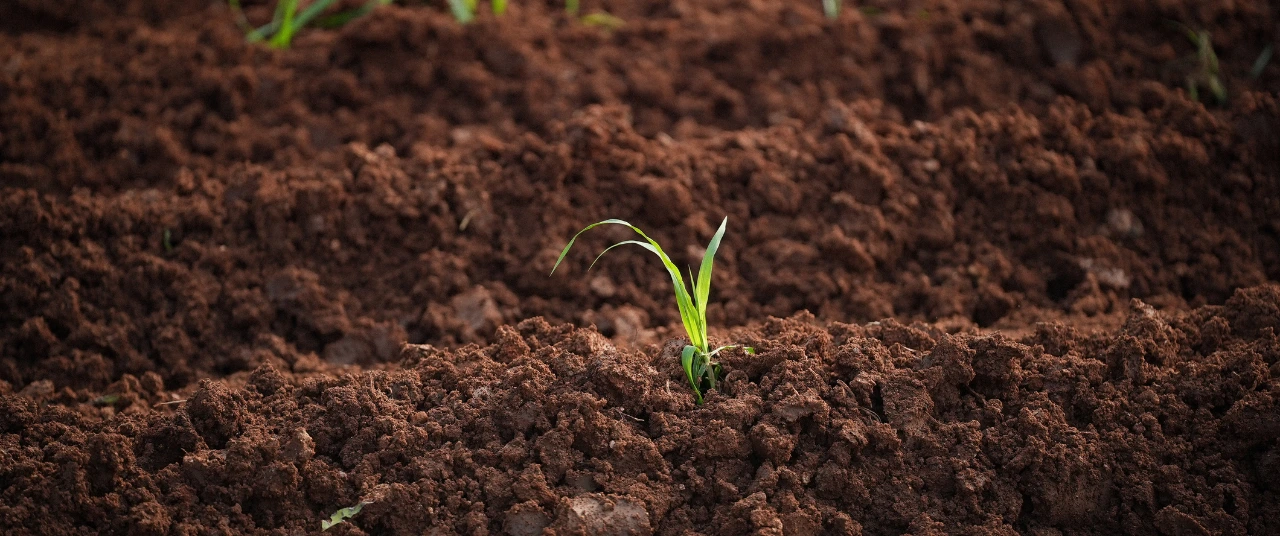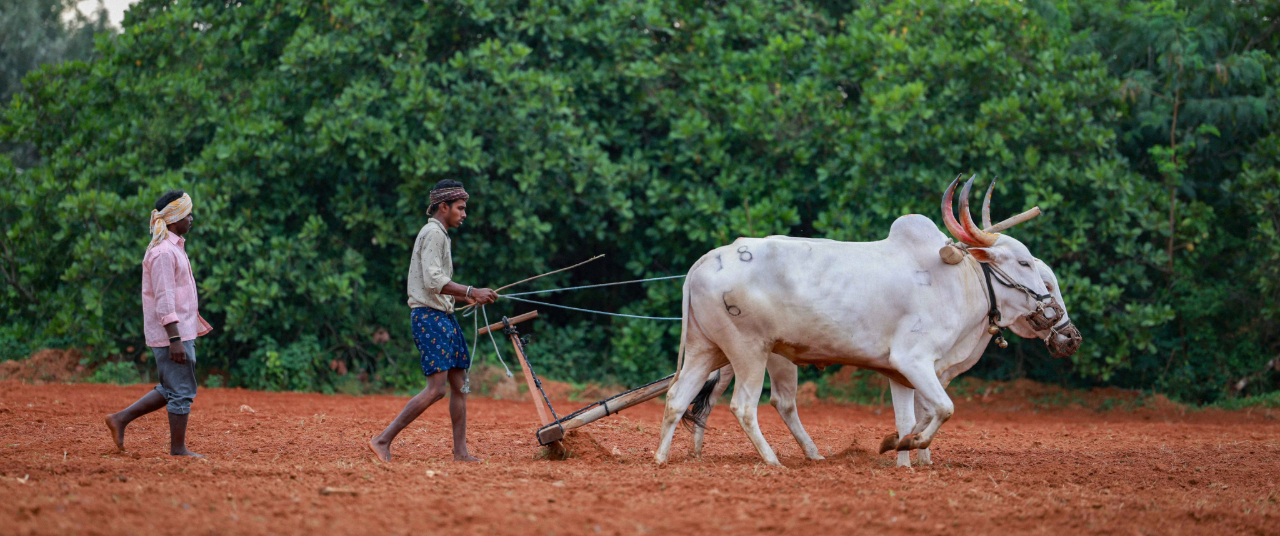Grown before the main harvest, they also eliminate the need for pesticides and help compound soil organic carbon
0:00
0:00



10



10
Nov 28, 2025
4
min read
References

Congratulations!
You’re correct!
Arabic
Oops!
You got the wrong answer
The right answer is
Arabic
What is the best metric of determining soil health?
No items found.
No items found.
No items found.
No items found.
You might also like
See all

.jpg)

.avif)






